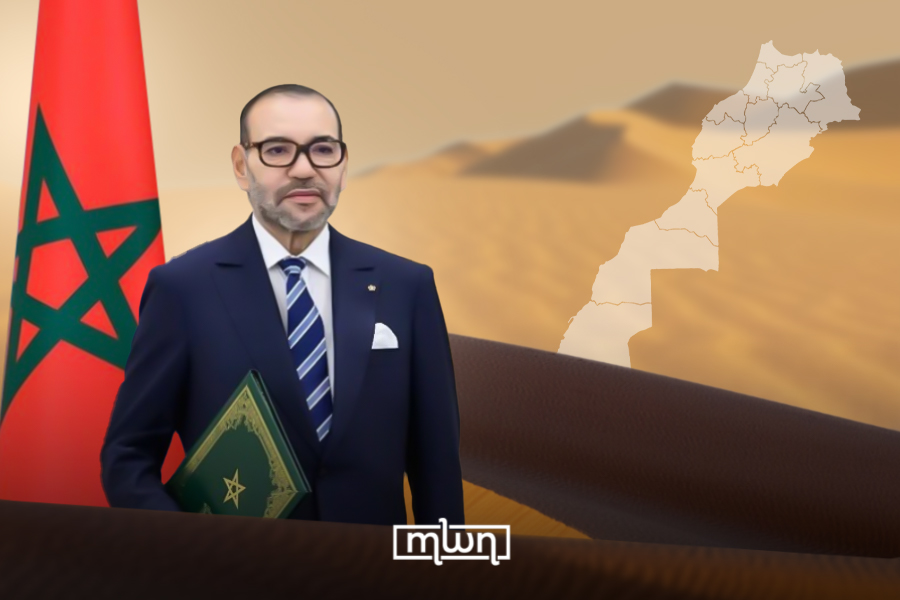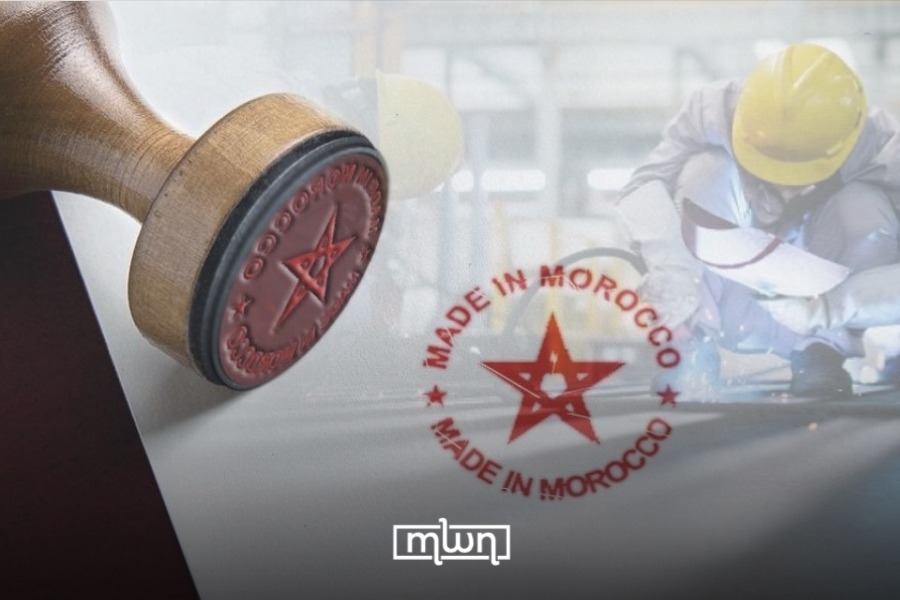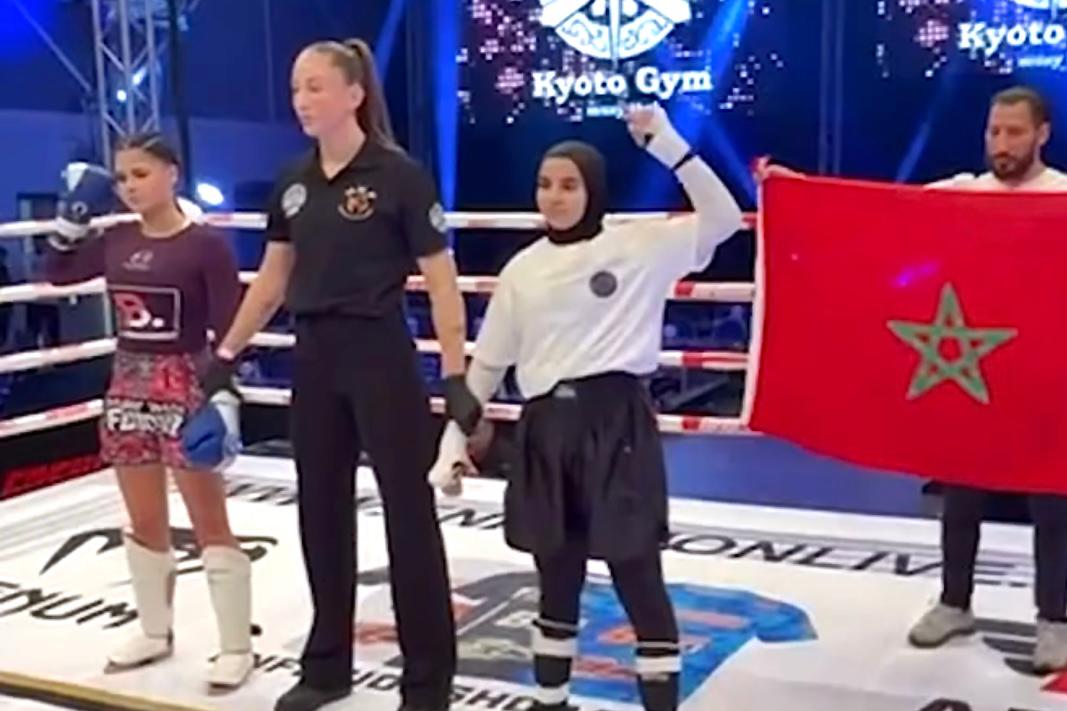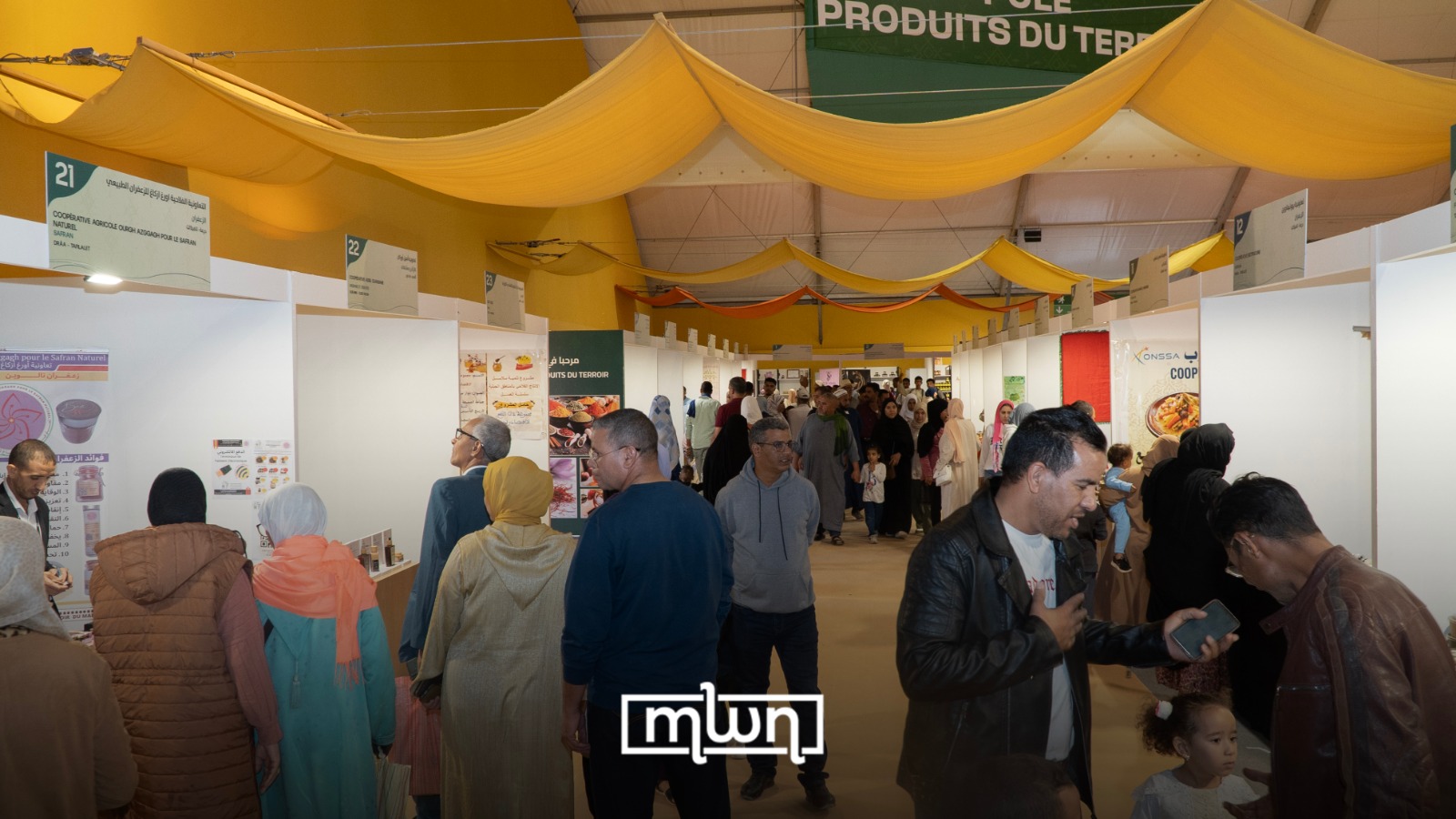For several decades, the question of the Moroccan Sahara has been one of the major issues in the foreign policy of the Kingdom of Morocco, as well as a matter of stability and national identity. It is part of a historical and legal framework that goes beyond the simple logic of territorial claims: it touches the very heart of national sovereignty, territorial unity, and the collective memory of Morocco. From the moment of independence in 1956, the Kingdom affirmed its desire to reintegrate the southern territories, which had remained under Spanish rule since the late 19th century. This claim was always based on the continuity of the Makhzen’s political and religious authority over the Saharan tribes, attested to by acts of allegiance (bay’a) and official historical documents. The advisory opinion of the International Court of Justice (ICJ) of October 16, 1975, confirmed the existence of ties of allegiance between the Sultan of Morocco and the tribes of Western Sahara, rejecting the terra nullius thesis (ICJ, 1975). This opinion was one of the cornerstones of the Green March, a symbol of Moroccan pacifism and popular support for a just national cause. Since then, Moroccan diplomacy has consistently combined historical legitimacy, political realism, and international commitment, resulting in increasing recognition of Moroccan sovereignty over the Sahara.
Today, through the explicit recognition of several world powers and the opening of more than 30 consulates in Laayoune and Dakhla, the Moroccan identity of the Sahara has become an irreversible geopolitical reality. Additionally, the UN Security Council vote on October 31 in favor of Resolution 2797, now officially recognizes the Moroccan Autonomy Plan as the genuine solution to the dispute. This article aims to analyze the foundations and manifestations of this recognition along three lines:
- The historical and identity-based foundations of Moroccan sovereignty
- The diplomatic strategy that has led to international consolidation
- The growing recognition of the Moroccan identity of the Sahara in the economic, political, and cultural spheres
The Historical and Identity-Based Foundations of the Moroccan Identity of the Sahara
Continuity of Moroccan Authority
The political identity of the Moroccan Sahara is deeply rooted in the historical structure of the Kingdom. Since the Almoravid, Almohad, and Saadian dynasties, the Saharan territories have constituted a natural extension of Morocco. The caravan routes linking Sijilmassa, Smara, and Timbuktu bear witness to this long-standing integration. According to historians, the Saharan region was never a political vacuum, but rather an area of spiritual and economic exchange under the protection of the Makhzen.
The bonds of allegiance (bay’a) were the legal and symbolic foundation of this unity: Saharan tribes swore oaths of loyalty to the Sultan in exchange for the Makhzen’s religious and political protection. The ICJ recognized these bonds as “legal relations of allegiance between the Sultan of Morocco and certain tribes living in the territory of Western Sahara” (ICJ, 1975, §162). This recognition, while not conferring exclusive sovereignty before decolonization, invalidated the thesis of a legal vacuum upon which Spanish colonization was based.
Moroccan documents, such as an 1886 dahir appointing a representative of the Sultan in the Smara region, or letters addressed to tribal chiefs, confirm Morocco’s administrative presence in the Sahara. These archives demonstrate that the Makhzen’s authority extended well beyond the borders of the Souss region, reaching the southern Atlantic shores.
The Cultural and Religious Foundations of National Unity
Beyond historical evidence, the Moroccan identity of the Sahara is also expressed in the religious and cultural coherence that unites the north and south of the Kingdom. The Saharan tribes belong to the same Maliki school of law, share the same Hassaniya Arabic language, and the same loyalty to the Commander of the Faithful (Amîr al-Mu’minin). The 2011 Moroccan Constitution, in its Article 41, enshrines the monarchy as the guarantor of the faith and religious unity of the country. This spiritual dimension is essential, because it links the temporal authority of the sovereign to the religious legitimacy shared across the Sahara.
Historians remind us that Morocco has always been a multicultural state where linguistic diversity (Arabic, Amazigh, Hassaniya) coexists under a unified political system. Article 5 of the 2011 Constitution stipulates that Arabic remains the “official language of the State” alongside Amazigh, as it is the common heritage Moroccan heritage. Specifically, the Constitution says that “The State works to preserve Hassaniya, as an integral part of the unified Moroccan cultural identity, as well as to protect the cultural expressions and dialects spoken in Morocco.”
In this way this constitutional recognition reinforces the place of the Sahara in Moroccan identity: Hassani culture is not peripheral; it is constitutive of the nation.
King Mohammed VI reacts to the Security Council resolution and extends a hand to the Algerian president.
From the Green March to Morocco’s Proactive Diplomacy
On November 6, 1975, King Hassan II launched the Green March, bringing together 350,000 volunteers who marched peacefully toward the Sahara to demand the return of the Southern Provinces. This historic moment symbolized the convergence of historical legitimacy and popular mobilization. The King affirmed that there was no other objective than to recover our territories, peacefully, without violence, with faith in God and in the justice of our cause (Hassan II, 1975).
Shortly thereafter, the Madrid Agreement (November 14, 1975) ended Spanish colonial administration. Spain transferred the administration of the territory to Morocco and Mauritania, in accordance with the right to self-determination and territorial integrity (UN, 1975). Contrary to a colonial vision, Morocco chose the path of pacifism and legal legitimacy, supported by the ICJ advisory opinion.
The Green March thus embodied an act of national faith, rooted in a diplomacy of non-violence and the rule of law. It marked the shift from a historical claim to a symbolic and legal reconquest of the territory.
The Autonomy Proposal: A Diplomacy of Realism
Faced with the impasse in negotiations under the auspices of the UN, Morocco proposed a broad autonomy initiative in 2007. This plan grants the Saharan provinces significant local executive, legislative, and judicial powers under Moroccan sovereignty. The UN, in its resolution 1754 (2007), described this proposal as “serious and credible.”
This approach illustrates Moroccan pragmatism: rather than maintaining the status quo or engaging in confrontation, it seeks to reconcile national sovereignty with internal self-autonomy for the Sahrawi people. The proposed autonomy “transforms a regional conflict into an opportunity for democratic and decentralized governance.”
Furthermore, the 2011 Constitution reinforces this approach by enshrining advanced regionalization (Title IX, “Regions and Territorial Communities”), granting regions, including those in the South, a role in development planning. Thus, Morocco has integrated the principles of subsidiarity and local political participation into its internal legal framework.
Royal Diplomacy and the African Roots
Since King Mohammed VI ascended the throne, Moroccan diplomacy has reoriented itself towards Africa, resting on three pillars: development, cooperation, and historical legitimacy. Morocco’s return to the African Union (2017) marked a major diplomatic victory: it transformed the Western Sahara issue from a source of division into a lever for integration.
Today, more than 30 African, Arab, and Latin American countries have opened consulates in Dakhla and Laayoune—an explicit diplomatic recognition. This dynamic reflects a tacit recognition of Moroccan sovereignty by states that value stability and economic cooperation.
Growing International Recognition: From Diplomacy to Geoeconomics
On December 3, 2020, US President Donald Trump issued an official proclamation recognizing Morocco’s sovereignty over the Sahara. This decision, confirmed by the subsequent administration, marks a major geopolitical milestone: a permanent member of the Security Council endorses Morocco’s position.
UN Security Council Resolution on the Sahara: A wave of jubilation sweeps through Laayoune, Es-Semara, and Dakhla
Other powers have followed suit. In March 2022, Spain described Morocco’s autonomy proposal as “the most serious, realistic, and credible basis” for resolving the conflict. Germany, the United Arab Emirates, Senegal, Jordan, and Qatar have expressed their clear support for Morocco’s sovereignty.
This support reflects a strategic convergence between regional stability, the fight against terrorism, and Morocco’s diplomacy of moderation.
The Sahara, an Engine of Development and African Integration
The Moroccan Sahara is today a hub for integrated development. The Southern Provinces Development Program (2015–2030), with a budget of MAD 77 billion, aims to transform the region into an African economic hub (CESE, 2021). The Atlantic port of Dakhla, the Tarfaya wind farms, and the trade corridors to Mauritania and Senegal embody this vision of a Morocco firmly rooted in its African environment.
This policy is part of the New Development Model (NDM), which considers the Sahara as a lever for national and continental growth. The Moroccan identity of the Sahara is now expressed in economic dynamism as much as in political legitimacy.
Cultural and Institutional Recognition
Moroccan unity has also been strengthened by the institutional recognition of Saharan cultures. Article 5 of the 2011 Constitution recognizes the Hassani language and culture as an integral part of the national heritage. Additionally, the royal address of November 6, 2021, reaffirms this dimension, in which King Mohammed VI said that the “Moroccan identity of the Sahara is a truth as immutable as the Atlas Mountains and as clear as the desert sun.”
The educational institutions of Laayoune and Dakhla, as well as the programs of IRCAM, play a central role in preserving Hassani heritage.
The Sahara, a beacon of prosperity
The Moroccan identity of the Sahara is now an undeniable historical, legal, and political truth. The historical foundations of Moroccan sovereignty—bay’a (oath of allegiance), administrative presence, and cultural unity—have been consolidated by decades of diplomatic action based on law, pragmatism, and cooperation. Morocco has succeeded in transforming a decolonization issue into a project of national and continental integration, linking the Sahara to its major development initiatives. International recognition, illustrated by the opening of consulates and the support of major powers, confirms a geopolitical reality that is now irreversible. In a regional context marked by instability, Morocco offers a vision based on stability, legitimacy, and shared prosperity.
The Moroccan Sahara is therefore no longer merely a territorial issue: it has become a symbol of national unity, a driver of regional development, and a key to the Kingdom’s African projection.
As King Mohammed VI stated:
“The Sahara is Moroccan, and Morocco will remain in its Sahara until the end of time.”





